Steak and America: A Romance For the Ages
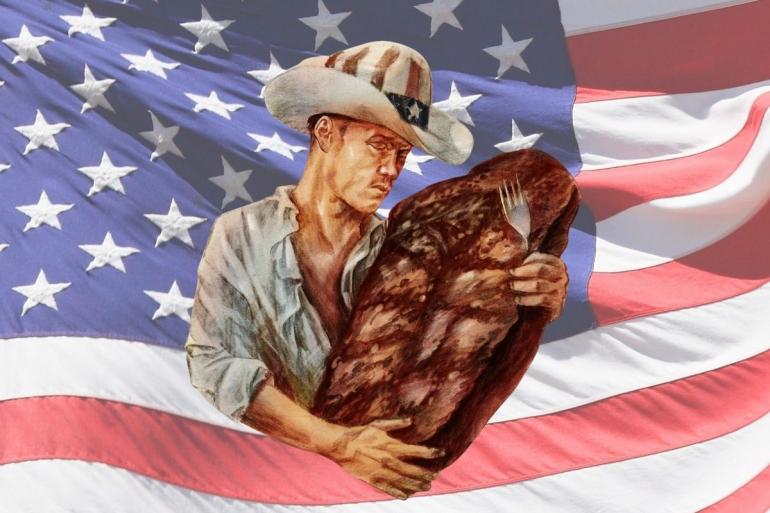
Image by Rob Rath
When I was a kid, we weren't exactly rich. So there were rules as to what I could and couldn't order when we went out to a restaurant. A burger? Sure. Spaghetti and meatballs? Yeah, you can get that. But if I had my eye on the porterhouse, my parents would subtly direct me toward something else. "We think," they'd say, "you'd like chicken fingers better."
Now, I'm not complaining, mind you. I totally get it. A steak is a big investment - a really good one, with all the trimmings, is bound to cost the average American at least a few hours of his labor. Besides, who'd want to waste a piece of meat that good on a dumb kid for whom macaroni and cheese represents the apex of culinary accomplishment?
But, like everything that happens to us during our childhood, it would help to create the monster I am today. Because now whenever I go to a restaurant with a price point north of McDonald's, my eyes scan the menu for steaks. Whether it's the $10 steak and eggs at a greasy spoon or the $47 ribeye at a real fancy place, or the even more dreaded "market price" cut only available to those in the know, I can't help myself. Every time I tuck into one, I find myself hissing, "Look at me now, Ma, no spaghetti for me!"
The tale of beef in these United States has always been a love story. In 1812, seeking to portray himself as a man of the people, Presidential candidate William Henry Harrison said that he had simple tastes: unsalted raw beef. Steak is the American dish. With all due respect to vegetarians, whom I admire if for no other reason than for the discipline it must take not to give in and have the big, pink ribeye of their dreams, steak is perhaps our nation's most significant food contribution to the world. And while a strong case could be made for the hamburger, I think we all know that the hamburger is a great backyard barbecue staple, but when the occasion calls for serious beef consumption, the steak is the only way to go.
How did it happen? We might as well ask how it didn't happen sooner - and the answer to that lies in a horrible can of stringy roast beef. Before refrigeration, the methods employed to preserve meat were either curing or canning. And while pork can be cured in a variety of palate-pleasing ways, not to mention processed and canned into dubiously tasty products like Spam, similarly preserved beef failed to make much headway in 19th century America. Probably because canned beef was decidedly gross.

Thus, beef remained a seasonal treat for much of the country, only available in the proximity of the herds of cattle themselves. Indeed, before the Civil War, most of the beef in the United States was raised, slaughtered, and eaten at most a couple of hundred miles away from where it was born.
Then, to make a very complicated story much shorter than it deserves, a bunch of stuff happened that made it much easier to get your hands on fresh beef.
For one, the decimation of the bison on the continent's prairies had opened up a whole lot of grazing land, not to mention clearing the way for a transcontinental railroad. Then, technological advances such as refrigerated train cars meant that beef, alive or slaughtered, could be easily transported anywhere in the country. A cow that had grown fat munching Montana grass might find its way onto a New York City steakhouse plate by way of a Chicago stockyard.
And it was there, on the East Coast, that another recent invention would shape the ascent of steak: the restaurant. Before the 1830s, there were public dining houses, places where hungry folks could show up and pay to eat whatever meal the house had prepared. But the key innovation in a restaurant was being given a choice as to what to order. In 1834, diners at the newly opened Delmonico's in New York City were given a choice between such varied entrees as Stewed Liver for three cents, Pigs Head or Beef Steak for four cents, or the mysterious "Regular Dinner" for a comparatively dear 12 cents - about $3.50 in today's money.
Within a few years, Delmonico's was a sensation on a level we can hardly imagine today. People came from all over the world to sample the fare. Charles Dickens, for one, attended a dinner at Delmonico's so good that it changed his opinion of American food, prompting him to apologize for having once declared our fare vulgar and unimaginative.
The Delmonico's steak proved so successful that sly entrepreneurs, hoping to profit on the now internationally recognized name, opened restaurants delivering something like the original for folks who couldn't make it to Manhattan. Thus a "Delmonico's" with no connection to the original opened up in New Orleans, another in San Francisco, as well as Dodge City and Kansas City. Eventually there would be Delmonico's (or Delmonicos, Delmonico, or some variation thereof) in Butte, Helena, Miles City, and probably more Montana towns.
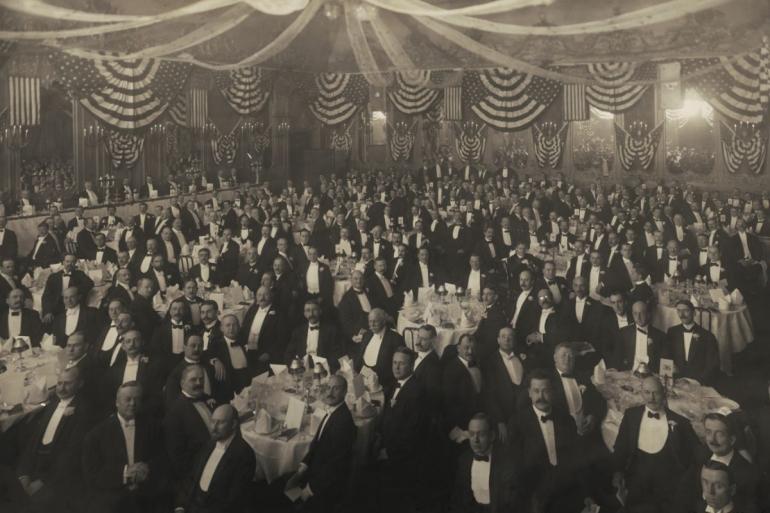
Event at Delmonico's, 1906.
Interestingly, no one knows for sure what cut of beef the Delmonico's steak was, although some maintain it was a ribeye while others think it was the chuck eye steak. One thing at least is beyond question: it was the highest quality cut of beef available at that time. But the average quality of beef in our day is significantly better than the cows first served at Delmonico's. Until the latter half of the 19th century, most of the cattle in the America were Spanish longhorns brought to the continent by the conquistadors.
The introduction of English breeds, which were more muscular and better able to survive cold temperatures, led to cows that produced beef with more of the qualities we look for in a steak. And though there remains a healthy debate over the superiority of exclusively grass-fed or grain-finished beef, you can't argue that the burgeoning practice of feeding livestock grain didn't produce bigger, heavier cattle. We can't say for sure what a fully-dressed cow weighed in 1850, but in 1975 the average was 579 lbs, while in 2015 it was up to 817 lbs. By that logic, a cow in the 1840s probably weighed about the same as a large greyhound dog.
That's a joke, of course, but the spirit of it is true: these were much smaller animals, with much less meat on them.
Which serves to bring up another step in the evolution of the steak: the quality of the cut of meat is only as good as the sophistication of the butcher.
Butchery, after all, has been around, well, forever. Quite a bit longer, according to the anthropological record, than cooking, since early man was content to, or at least resigned to, gnawing on raw meat for sustenance well before they ever conceived of cooking it.
Whether achieved by hands, sharp rocks, or teeth, butchery has, naturally, been a defining factor in how beef has been eaten. In the first half of the 19th century, every butcher did their work by hand, wielding sharp knives and making curved cuts circumscribed within the arc of the human arm. But with the invention of the bandsaw and its widespread adoption among larger industrial butchers, the primal cuts are now made in long, straight lines.
And if you still need further evidence that steak is applied science, consider that they're still finding new steaks today. The flat iron steak, now a trendy staple, was only "discovered" in 2002 by researchers from the Universities of Florida and Nebraska. Among the comparatively tough meat of the shoulder, they found a strip of rarely used muscle that, if separated correctly from the surrounding tissue, proved to be both flavorful and tender.
In other words, the art of the steak, admittedly still not so removed from troglodytes slapping gristly mammoth steaks on hot rocks, continues to make a marching advance. It's enough to put a tear in your eye.
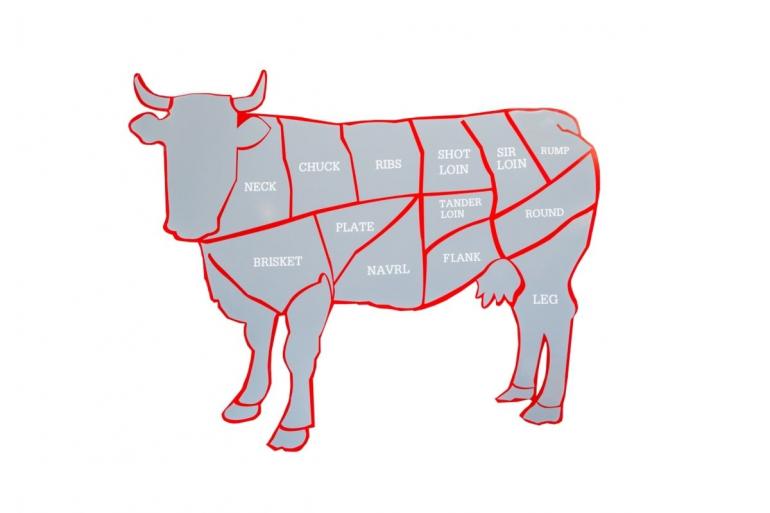
Perhaps one of the last steps toward the steak as we know it today came in 1973 when grocery stores around the country adopted the naming standards set by the Uniform Retail Meat Identity Standards (or URMIS) program. URMIS aimed to tame an often bewildering array of meat cuts available to Americans across the country, sometimes offered under the same name. You might think that identifying something as basic as the sirloin, for instance, should have been easy back then, but consider this: even today, sirloin refers to a different piece of beef in the United Kingdom than it does here in America. Consider as well that there are once-popular cuts of meat, just like once-popular dishes, that are now lost to time, like the "spaud," a shoulder cut mentioned in a food science textbook from 1876.
But URMIS leaves a bit of grey area, too. Every grocery store in America agrees what top sirloin or ribeye are, but a New Yorker and a Montanan might disagree what constitutes a chip steak, or a club steak. Staring lasciviously into the glass case at Excelsior Meats, my local Butte butcher, I found one such "unstandardized" cut: a thick, marbled slab they called the Delmonico's. I bought one, of course. Well, actually, I bought two. And ate them both.
I think that we Montanans have a lot of nostalgia for a lost past. But in at least one (not insignificant) respect, we're living in a golden age - steaks have never been thicker, tastier, or better prepared than they are now.
So I'll see you at the steakhouse. I'll be the guy sobbing with joy as I cut into something medium-rare.
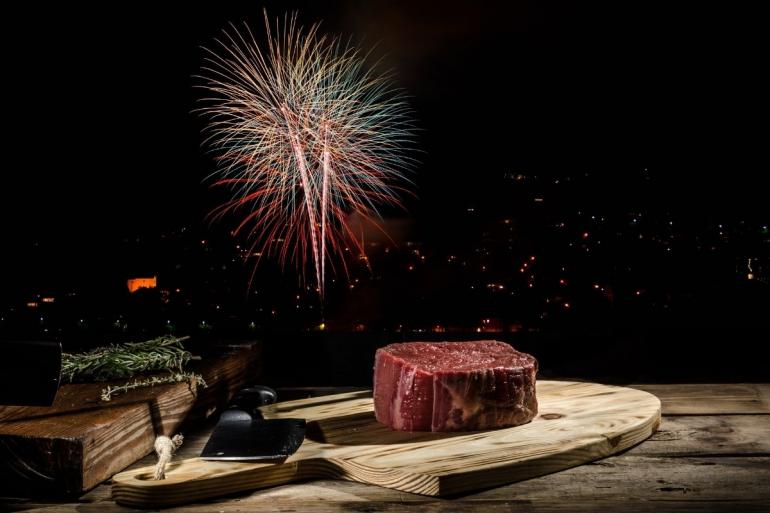







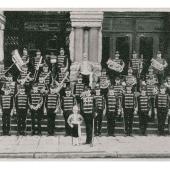



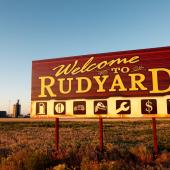
Leave a Comment Here